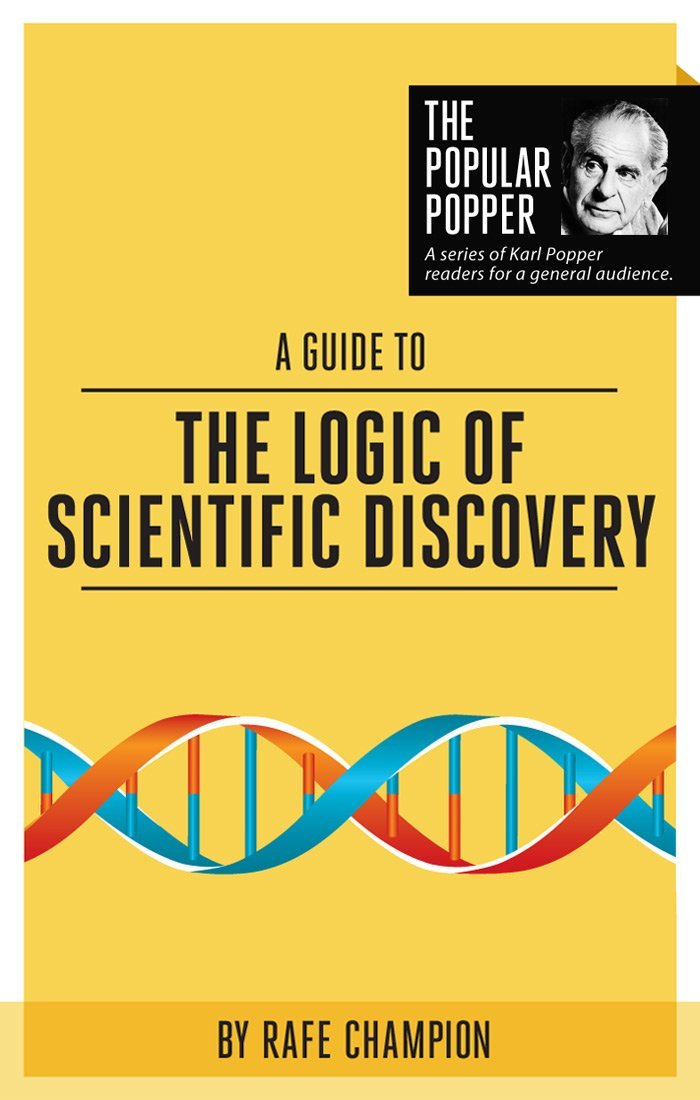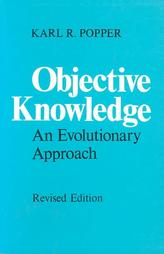A review of Stanley Wong, Foundations of Paul Samuelson’s Revealed Preference Theory: A Study by the Method of Rational Reconstruction. Routledge, 1978 and 2006.
This little classic first appeared in 1978 and it is very fortunate that it has been reprinted in 2006 and is now available at a more affordable price for kindle. There are many people to thank for this book, starting with Stanley Wong himself, clearly a gifted and dedicated scholar, and too clever to persist with his first career as an academic economist! The intellectual influence which makes the book especially important came from Karl Popper by way of his student Joe Agassi and his student Larry Boland who became Wong’s teacher and one of his thesis supervisors. Others with a hand in the supervision were Joan Robinson (for a very short time) and Geoffrey Harcourt. Amartya Sen was helpful during the writing and played a decisive role when he strongly advised Routledge to publish the book while others in the profession were rejecting Wong’s attempt to publish papers based on the work.
Philip Mirowski wrote a generous introduction to the second edition although he discounted the contribution of Popper’s ideas which he wrote were safely confined to the footnotes for the most part. The book is subtitled “A study by the method of rational reconstruction”, which is the methodological equivalent of Popper’s “situational analysis” for the explanation of events in the social sciences. The book has six chapters; starting with a chapter on “understanding and criticism” which is quite likely the clearest account in the literature of Popper’s approach to problem-solving and critical analysis of ideas. Wong explained that the “situational constraints of a theoretical problem situation are in the following categories:
(a) an appraisal of theories relevant to the pursuit of the theoretical aims;
(b) the general theory or theoretical framework of which the theory under study is an integral part;
(c) the epistemological theory of the theorist;
(d) the methodological theory of the theorist;
(e) the metaphysical doctrines of the theorist.
After spelling out the method he then proceeded to the problem situation in economics regarding the theory of demand (supply and demand) as it evolved in recent times, leading up to Paul Samuelson’s project from the 1930s to 1950. He wanted to revolutionise the methods of economics by putting the theory of consumer preferences on a proper scientific basis by eliminating all non-empirical references in the theory. In his opinion, and most others, he succeeded in that venture and received the Nobel Prize in economics for his contribution to the methods of economics.
Wong argued that he did not succeed, a view that Mirowski shared although, as Mirowski noted, the economics profession in general and Samuelson in particular proceeded as though nothing had happened. I cannot offer a verdict on the arguments in economics but I have no hesitation in describing Wong’s interpretation and demonstration of Popperian analysis as a paradigm of exposition.
A person would have to be tone deaf to the music of ideas to refrain from giving this truly beautiful piece of work a standing ovation.







What we need here is a “thumbs up” mouse-clickable icon we can click when we want to register our specially strong agreement with or express special appreciation of a posted essay like Rafe’s above but don’t really have more at the time to add to it via a comment like this. Because if there were such here, I would have clicked it (instead of post this comment)…